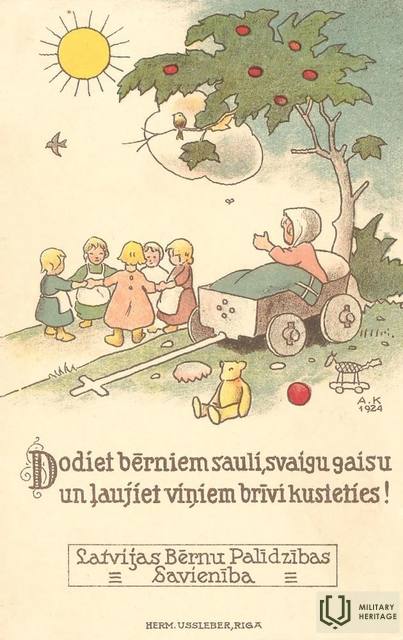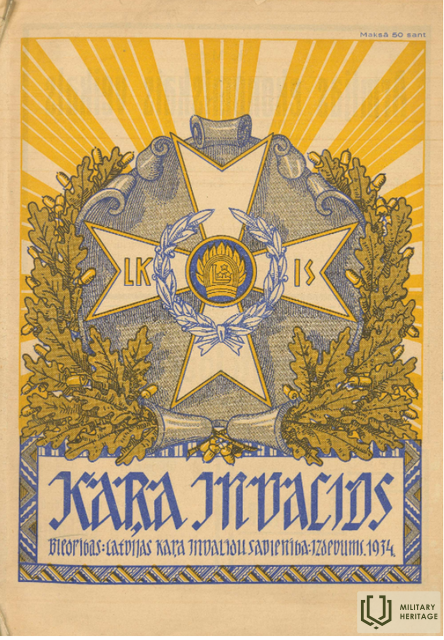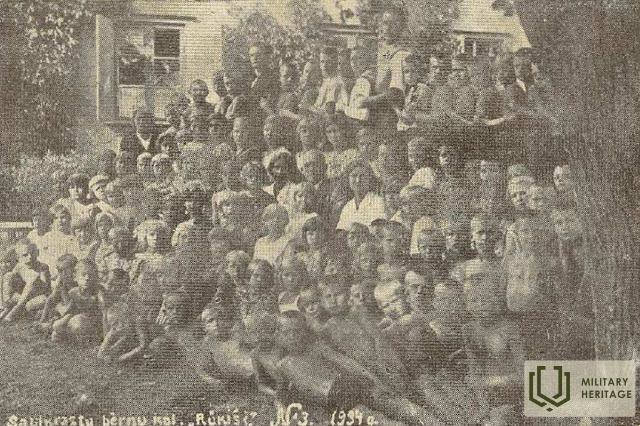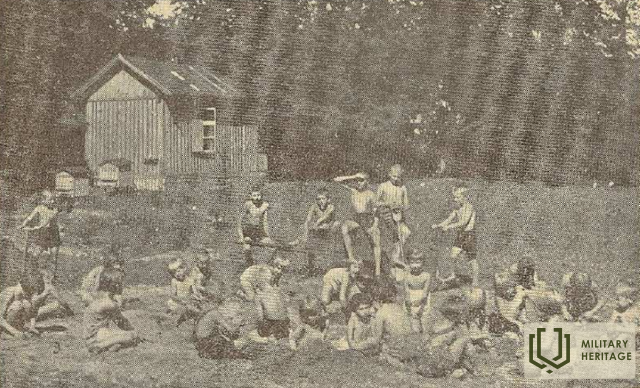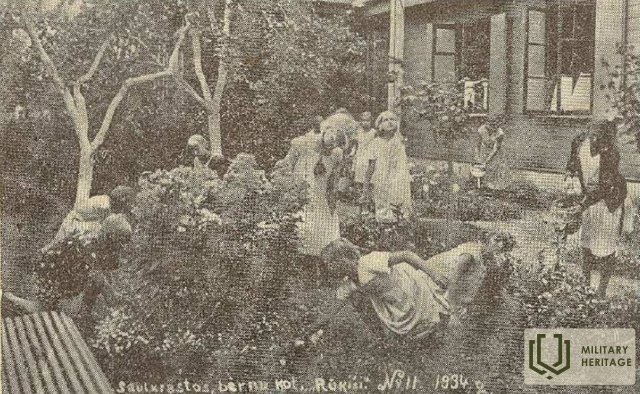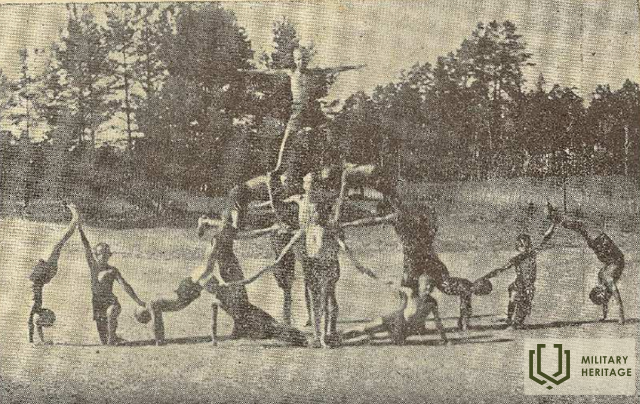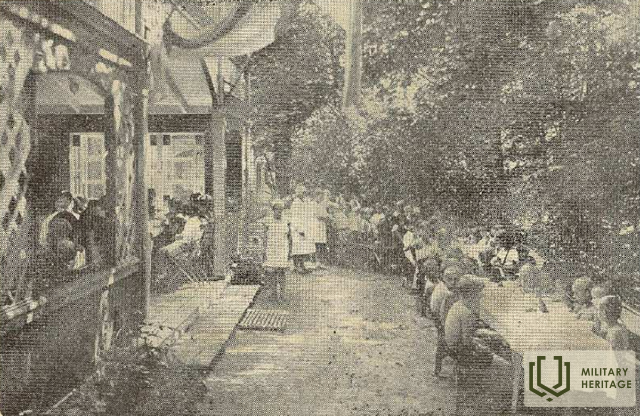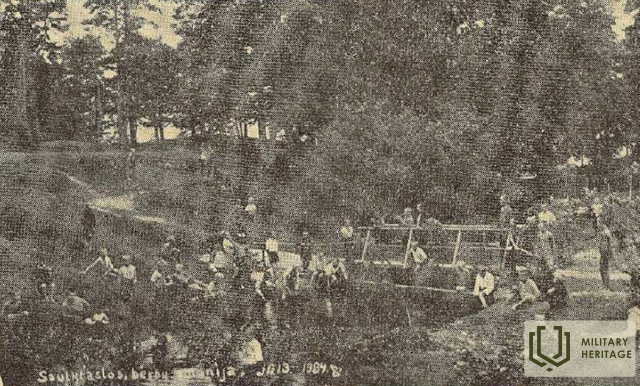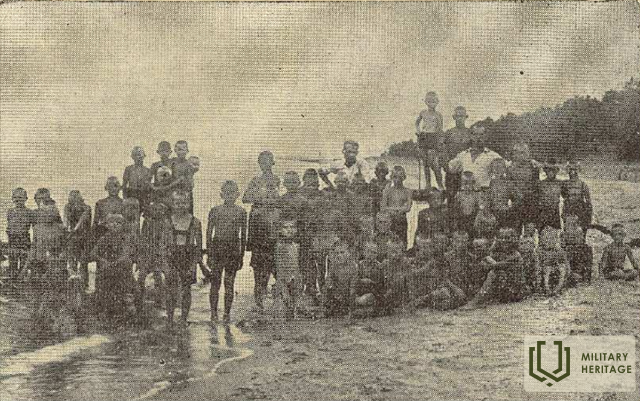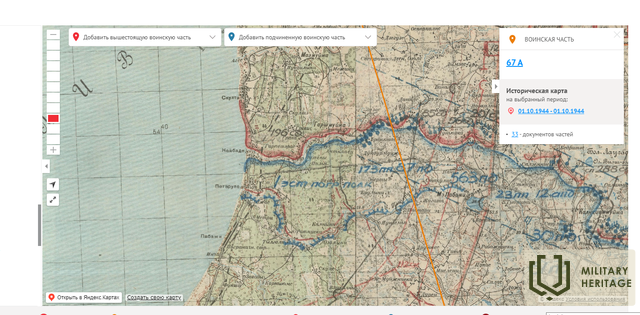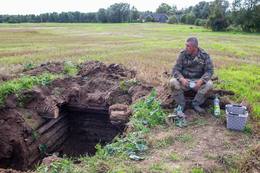About the events of the children's colony "Dwarfs" during the pre-war and World War II

The families of the guerrilla supporters were deprived of their children. In March 1943, there were 1,100 children in the Salaspils camp. About 250 children died due to measles, typhoid and other diseases, several hundred children were transferred to the farms of the surrounding parishes, about 300 children ended up in orphanages in Riga's Jurmala, Igate and Saulkrasti.
In Saulkrasti, the children ended up in the children's colony "Rūķīši" of the Latvian Children's Aid Society.
About how the Latvian Children's Aid Society children's colony "Rūķīši" was formed
In 1929, due to the lack of pupils, the four-year school in Plade was closed, which until 1912 was the only school in the fishing villages of the seaside.
In 1930, the children's colony "Rūķīši" of the Latvian Children's Aid Society started operating there, where about 110 children lived.
"In the colony, children receive ready-made food, bedding, washing, medical care and supervision by educators. The annual budget of the colony is LVL 13,000, up to LVL 15,000. Starting from the summer of 1930, several children were admitted to Rūķīši at the expense of the Council of the War Relief Fund. ” (War Disabled, No.1 (01.01.1934))
It is known from periodicals that children from Lithuania and Estonia also stayed in the “Rūķīši” colony: “200 children will be admitted to the children's summer colony in Saulkrasti. The Latvian Children's Relief Society will open its children's summer colony "Rūķīši" in Saulkrasti on Monday, hosting about 100 children in the first shift. The children will spend 6 weeks in the colony. The same number of children will be admitted in the second shift. A reply has been received from Lithuania that it will not send its children to Latvia this summer, but the Estonian Children's Aid Union has not yet responded. " (Latvian Soldier, No.131 (13.06.1940))
About the events in the colony "Dwarfs" in the Second World War
1982 "Voice of Work" article by V.Strazdiņa in "Memorial Guard", where Elza Gailīte shares her memories of the events of the Second World War in "Rūķīši":
Elzas Gailīte's (86 years old) speech style is laconic at the beginning:
In June 1943, in Saulkrasti's "Rūķīši", a shelter was set up for the children of Salaspils, whose parents had been imprisoned, destroyed or taken to Germany, she says, and she has documents confirming this. - The last surviving children between the ages of 2 and 12 were brought to Saulkrasti. About 70 children, sick, tired, stomached ... There was scabies, lice, charlac ... Five of them could not be cured, they died. The children were cared for by a staff of 12 people. The leader was Lidija Korolev. With us, the children gradually recovered, were fed, cared for.
In the fresh air, in the sun, by the sea ... Later our house was moved to Cimmermaņi house (the owner had repatriated to Germany), on the bank of Ķīšupīte. It was already in 1944. there had previously been a prisoner of war camp there.
Prisoners have died of typhus. We lived here for about half a year, until September 25, 1944. Until the fascists ordered to leave (within an hour and a half), go with the army .... We decided: move back to "Dwarfs". We split up. Four of the five children were accompanied by mothers. Those who left had not come that far. Small, three years old ... Slippers on your feet, slippers falling off ... They started crying. So everyone came back. All gathered in the large basement. About 80 people gathered. We got together and waited for what would happen. The fascists began to blow everything up. The railway, the bridge were blown up .... One of the servants, he was a prisoner, was sent back to the Cimmerman House for products. Silence in the morning. We leave the basement, enter "Rūķīši".
There the mother of the birds baked us bread in a large oven.
- Was she part of your service staff?
- No. She was just a very good person, helped us in the name of friendship as a neighbor.
All works. Even with food. Please find her: she will be able to tell you a lot. Yes, look for both - Mother of Birds and Father of Birds ...
There was only one flour left for baking. If we go away, there will be starvation, we judged.
An anti-fascist German said: "Ours will not stand for long. Let's step back. It is best for you to stay here. ”... On the evening of September 25, at five o'clock, the front line came to us. It took two hard days and nights under fire ... You won't have children in the basement for long. Running inside, outside. And then they run back, shouting, "Your own!" The Red Army is coming soon and will say hello. Joy to tears ... scouts, snipers climbed trees. We talked about the situation. Otherwise they would have run into a great misfortune. Set up positions, set up cannons, started firing. The earth shook, the windows ...
- Yes, Saulkrasti was released on October 11, - I would add.
- There was a very bloody battle ...
Driving through Skulti, we saw the new fighting machines "Katjuša" for the first time. In Limbaži we were placed in an empty house. We lay on the floor, without a wall, without. Stores empty. Then the commander sent milk, bread. There was one cup for everyone. Sent meat and a bucket. We boiled in a bucket. It was hard. But there was ... peace. The bombs didn't explode anymore, no projectiles flew over their heads, the children calmed down, they didn't fall into hysteria, they no longer shouted in horror about the injured, killed people, horses, about everything alive. .. In Limbaži the house was multi-storey. Provided us with bedding, clothes, everything. We welcomed Victory Day. The children began to expect relatives. Many parents were deported to Germany. They were only there for years. The site lasted until the summer of 1945. The children were divided into other children's institutions. Many Belarusian children have now remained in Latvia. One girl instinctively felt that she had met her mother but no longer understood her mother tongue.
- How did the children get out of Salaspils?
- How did the writer Paniznik find this history of "Dwarfs"?
Writer's sister living in Kauguri. He has often traveled to Riga and read about the Voice of Riga in 1978. But he was interested because "Dwarfs" were mainly Belarusian children.
The writer found Elza Gailīte. An exchange of letters followed, a great deal of research. Elza Gailīte has already received a book dedicated to the author as a gift. It is called "After the burned villages ...". It has a section "Sunny Shores" Dwarfs ".
The book is about Peter and Victor, who served as masters with their children as children. And when they met 20 years later, they found out: both are brothers, Belarusians, Rigans; one was now Latvian, the other Russian ....
But Nadežda Boguša has sent a letter of thanks to Elza Gailīte, the manager of the Rūķīši farm at the time.
There is no longer anything to tell in Saulkrasti about these events. Even the Mother of the Birds and the Father of the Birds are no more ... right there for 20 years. The sons confirm both: the shed has existed. Vedekla Hilda says of her mother-in-law, "She was a wonderfully kind man."
Photographs of the unbuilt "Rūķīši": also could not be found. And then suddenly, after two years of searching, we find the same material in our library's historical archive that we collected in the second half of the 1950s.
And in my notebook I find a written commentary on a movie: “We are between yesterday's giver and tomorrow's recipient. And they can't both meet if we're not in the middle. "
After researching the information, it was found out that the book of Sergei Paniznik mentioned in the memories of Elza Gailīte in Russian was called "Освейская трагедия 1943".
During the Second World War, the “Dwarfs” colony served as an orphanage and a huge gratitude to the people who cared for children who had been left without parents and experienced the horrors of war, separated from their parents and scattered throughout Latvia.
http://kamunikat.org/usie_knihi?pubid=44344&lang=EN
Periodicals of the National Library of Latvia, War Disabled, No.1 (01.01.1934)
Periodicals of the National Library of Latvia, Latvian Soldier, No.131 (13.06.1940)
Periodicals of the National Library of Latvia, 1982 “Voice of Work” article by V.Strazdiņa “On the Guard of Remembrance”
Inga Zemīte "Saulkrasti - from the Earliest Times to the Restoration of Latvia's Independence", published by Saulkrasti County Council
https://en.wikipedia.org/wiki/Salaspils_concent_camp
Related timeline
Related objects
WWII German army bunker
It was located near the house in "Brankša" on a grain field.
On September 2, 2021, under the guidance of Andras Grabčiks, a history enthusiast of the Saulkrasti region, and in coordination with Ines Karlova, the tenant of agricultural land, excavation works of the German army bunker of the Sigulda defense line of World War II took place.
"77 years have passed since the bunker was built, experienced both the attack of the Soviet Army and the driving of agricultural machinery over it. Only 3 years ago, it partially succumbed to the heavy machinery. To prevent the floor from being flooded, a drainage system was developed with a water storage reservoir at the entrance, which, if necessary, exhausted. The floor of the bunker is made of round logs 10 cm in diameter and was covered with straw. This bunker is not one of the big ones, but quite enough for about 6 people. This bunker is not the only one in the area, but one of the few that is well preserved." - this is what Andris Grabčiks says about the bunker.
After the information was published on the Internet, 2 scanned historical photographs were received from the historian and owner of the Saulkrasti Bicycle Museum, Jānis Seregins, with the inscription "29.08.44, Saulkrasti, Vidrižu parish" and the comment: "The photographs were obtained from a Saulkrasti resident, who is now dead. According to her story, refugees from Pskov and Leningrad region, who were driven out of their homes by the retreating Germans, had settled in Saulkrasti. They were employed in digging trenches in the defense line near Ķīšupe. One of the pictures shows people in forest works. In this way, the logs that we can see now in the bunker near Brankša were obtained. The second picture shows how they are fed at a distribution point near the house or in the kitchen. I think it's the Branch Mill."
The bunker has been preserved from WWII on the defensive line of Sigulda.
The site of the first rezi bunker was surveyed in April 2021, but due to the high ground water, excavation work could not take place.
The bunker is located on agricultural land and after excavation and exploration, it was filled in so as not to interfere with agricultural work.




